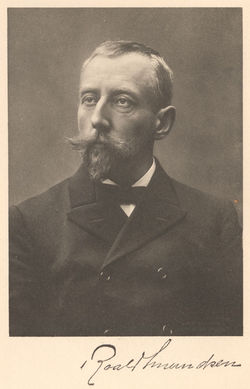Photo of Roald Amundsen
Click on image for full size
Public domain
Roald Amundsen
Roald Amundsen was a polar explorer who is famous for leading the first successful trip to the South Pole in 1910-1912. Amundsen was born in 1872 in Borge, Norway. His parents wanted him to study medicine, but he soon dropped out to go to sea, following his lifelong dream of exploration.
Amundsen took part in his first polar trip, the Belgian Antarctic Expedition, in 1897–1899. It was the first expedition to spend the winter in Antarctica. Boy, that must have been cold!
In 1903, Amundsen led the first trip to successfully cross the Northwest Passage between the Atlantic and Pacific Oceans. During this time Amundsen learned Arctic survival skills from the local people like how to use sled dogs.
Amundsen and his team then set out for Antarctica in 1910 on board the ship Fram previously used by Nansen. The group spent the winter in the base camp preparing supplies.
The first attempt to reach the South pole failed. Finally on December 14, 1911, the team consisting of Amundsen and four other men, helped by 16 dogs, reached the South Pole. They beat Scott's group by 35 days.
In his later years Amundsen continued exploring the Arctic by ship and plane. In 1926, Amundsen, took part in the first crossing of the Arctic in the airship Norge. Amundsen disappeared on June 18, 1928, while flying on a rescue mission looking for missing members of Nobile's crew, whose new airship had crashed while returning from the North Pole.
Amundsen received numerous awards, including Congressional Gold Medal. Several land features in the Arctic and the Antarctic are named after him, as well as a crater on the Moon.
You might also be interested in:

How did life evolve on Earth? The answer to this question can help us understand our past and prepare for our future. Although evolution provides credible and reliable answers, polls show that many people turn away from science, seeking other explanations with which they are more comfortable.
...more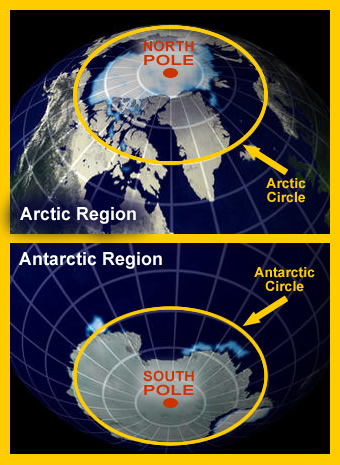
Location The polar regions are the areas that surround Earth’s geographic North and South Poles. The area surrounding the North Pole is called the Arctic and includes almost the entire Arctic Ocean and
...more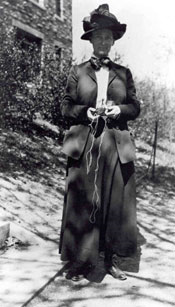
Florence Bascom was one of the first female geologists in the United States and her fellow scientists thought she was one of the nation’s most important geologists. She lived from 1862 until 1945 and
...more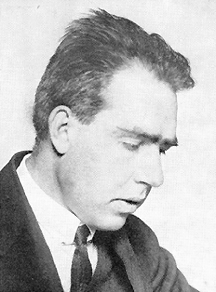
Niels Bohr was a Danish physicist who lived between 1885-1962. He investigated atomic structure, modifying Rutherford's old model of an atom. Bohr also claimed that an atom's chemical properties are determined
...more
Marie Curie was a physicist and chemist who lived between 1867-1934. She contributed greatly to our understanding of radioactivity and the effects of x-rays. She was born Maria Skłodowska in Warsaw,
...more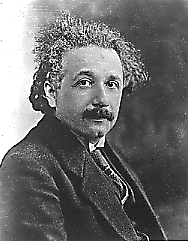
Albert Einstein was a German physicist who lived between 1879-1955. Probably the most well-known scientist of the twentieth century, Einstein came up with many original theories and invented modern physics.
...more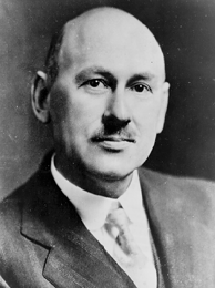
Robert Goddard was an American physicist who lived between 1882-1945. He was a pioneer of modern rocketry who discovered that liquid fuel is more efficient than solid fuel. Although Goddard's first rocket
...more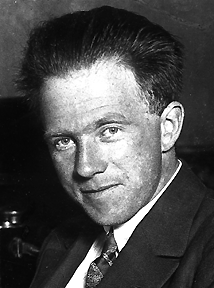
Werner Heisenberg was a German physicist who lived between 1901-1976. He developed new theories in quantum mechanics about the behavior of electrons which agreed with the results of previous experiments.
...more


